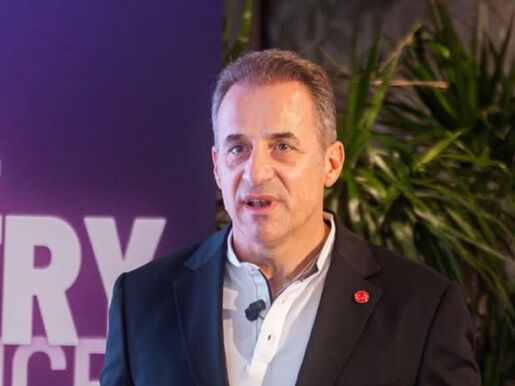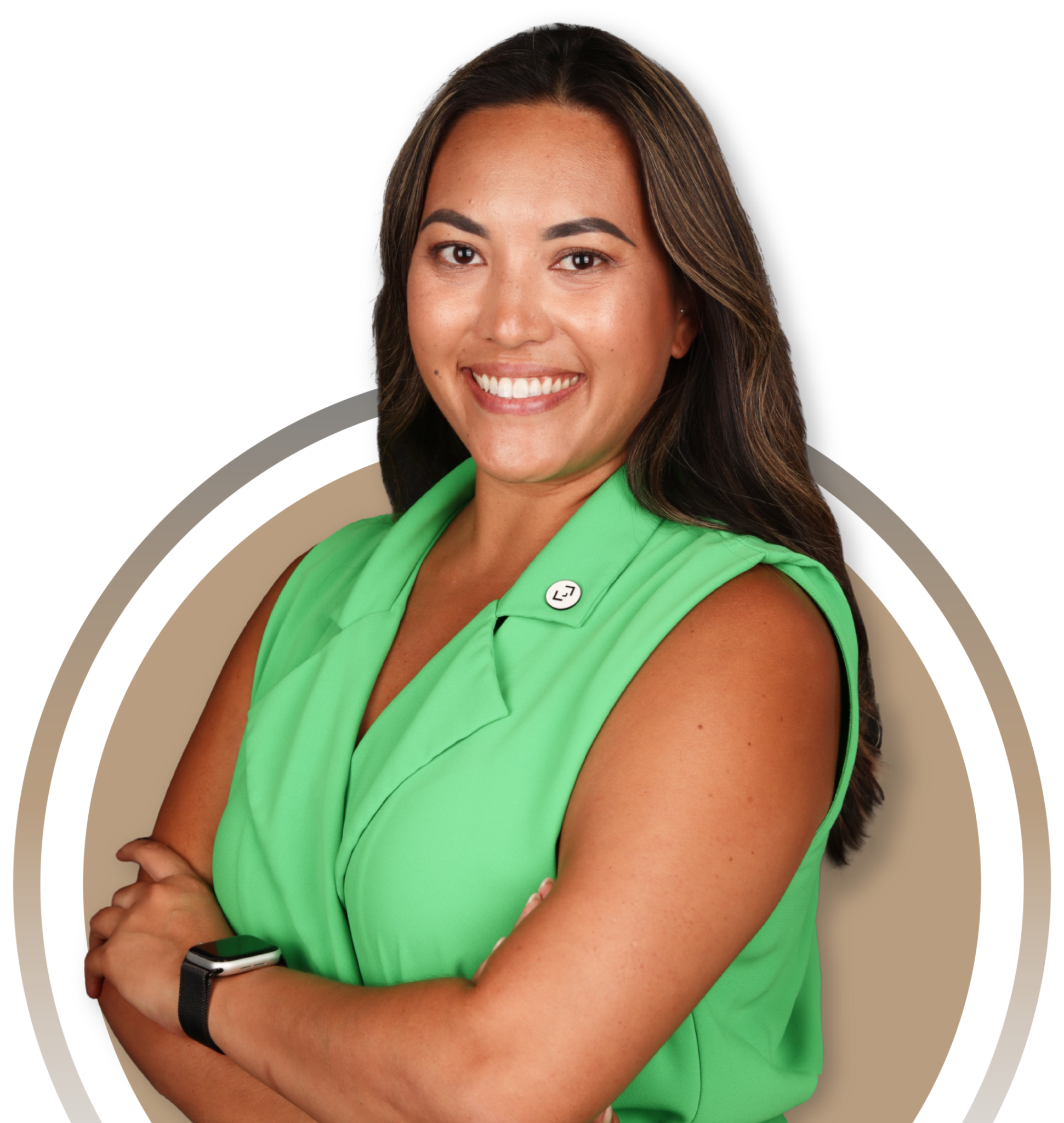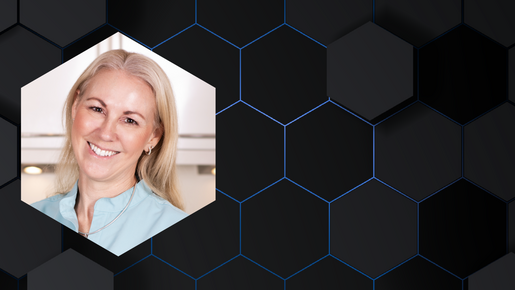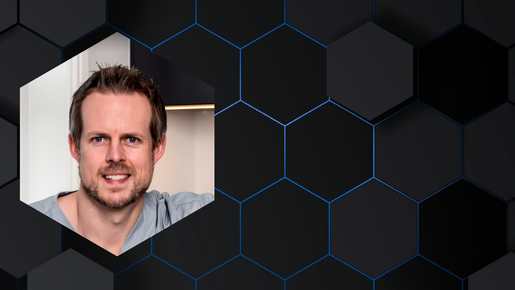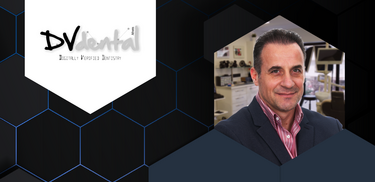
Finding the missing piece
Back in 2015 Dr Dimitris Tasakos faced the specific challenge with complex full-mouth rehabilitations that he was looking to solve. While the provisionals looked acceptable on stone models, when it came to the final fitting, despite best effort, something was off. “Sometimes the prosthesis didn’t fit our patient’s face… something was missing in our workflow,” he explains. When he attended the very first DSD course held in Greece a year later, he was introduced to the concept of facially driven design and the revelation was instant: “The interesting part for me was that the face of the patient was involved—and in a central role. I saw that modern dentistry 100% is facially driven. We don't only take esthetic data from the face, but a lot of other useful information such as symmetry and prosthetic planes.”
He knew then that he had found the missing piece. He decided to enroll in the DSD Mastership program and became a certified DSD Clinic shortly afterwards.
Early adoption wasn’t straightforward due to the fact that local labs and referral doctors resisted the DSD workflow. “I believed in this protocol a great deal,” he explains that he persisted, designing in 2D, translating to 3D, and sending exhaustive instructions to technicians. Over time the evidence spoke louder than persuasion: “They saw the results of my cases and became convinced.”
Today the clinic partners with a single Athens laboratory that “knows the protocol and all the stages,” while the DSD Planning Center supplies comprehensive treatment plans, digital designs and guides. The result is a front-loaded digital effort followed by smooth, step-by-step execution: “We do the most work before the treatment, but once we start, we’re very well guided—predictable and much better. It was a game-changer,” he recalls.
“Modern dentistry 100% is facially driven. We don't only take esthetic data from the face, but a lot of other useful information such as symmetry and prosthetic planes.”

Patients in the pilot seat
For Dimitris, DSD reshaped his chairside conversation as much as prosthetic design. Portrait photography, facial scans and on-screen simulations invite patients into the planning process: “They feel deeply involved—we ask their opinions, show them two or three treatment options, and they become fans.”
Even older patients, initially wary of cameras and scanners, “see our effort and the energy we place on their treatment… for sure they bring us more patients.” Word-of-mouth now outperforms other methods of advertising, proving his belief that “a natural-looking restoration is the best advertisement for our clinic.”
“DSD has been very important in my career because I became a better dentist by applying the protocols,” he continues, explaining that he uses this knowledge and experience to educate other dentists in Greece. My advice to any dentist is: “The important thing is to have a workflow, not a device or software.” His two children—both studying dentistry at the University of Athens—have already caught the DSD bug. “For me, it was the game-changer,” he says, grateful that the protocol still fuels his own passion a decade on. “I became a better dentist by applying it.”
What’s next
Dimitris wants to continue delivering more local hands-on courses to help his Greek colleagues adopt the workflow “from face to final result.”
Family legacy. As his children join the practice, the goal is to keep refining the protocol while embracing ever-evolving digital tools—without losing sight of the solid DSD foundation.
Closer collaboration with the DSD Lab in Madrid, Spain
“DSD has been very important in my career because I became a better dentist by applying the protocols”
